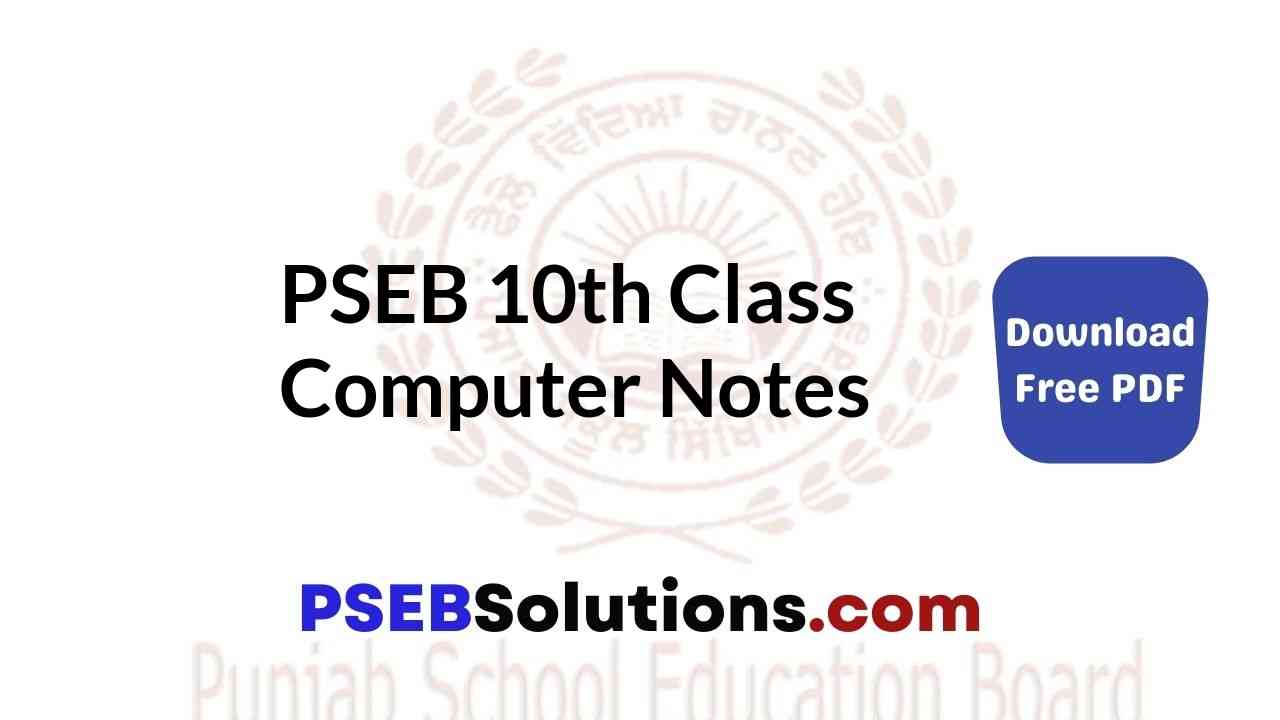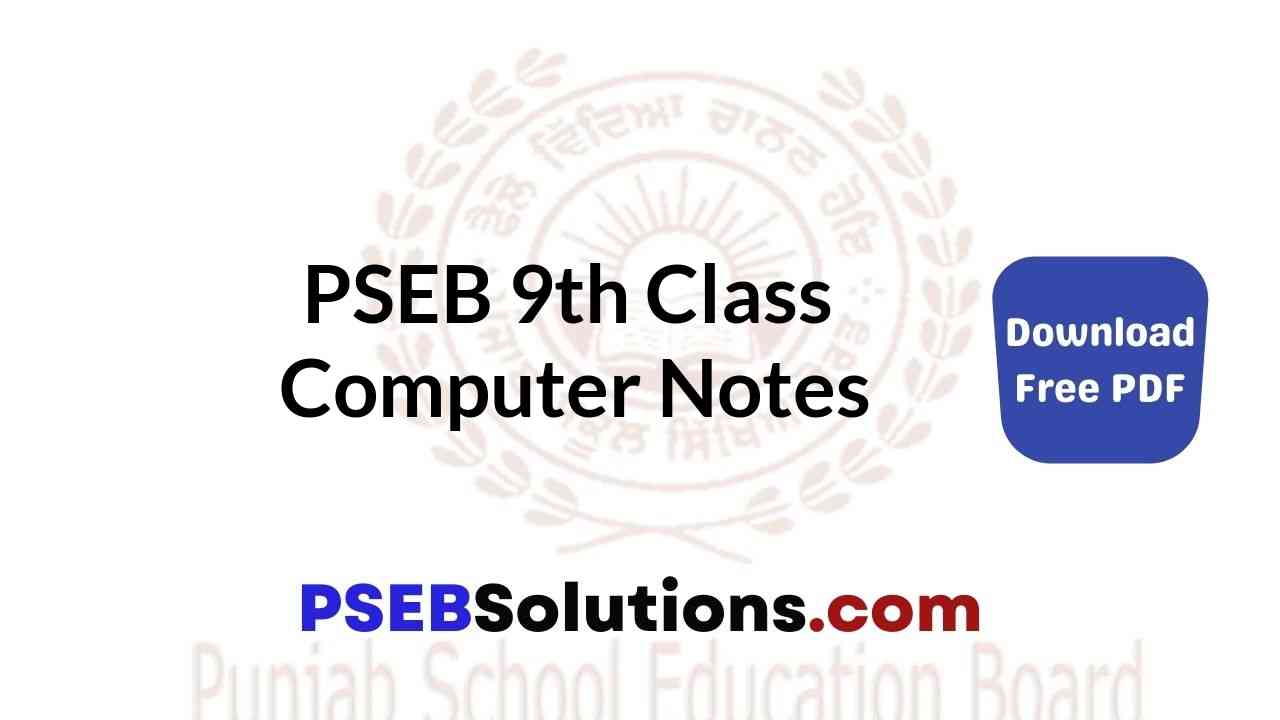Punjab State Board Syllabus PSEB 10th Class Welcome Life Notes Pdf in English Medium and Punjabi Medium are part of PSEB Solutions for Class 10.
PSEB 10th Class Welcome Life Notes in English Medium
- Chapter 1 Self-Awareness and Self Discipline Notes
- Chapter 2 Critical Thinking Notes
- Chapter 3 Inter-Personal Relationship Notes
- Chapter 4 Empathy Notes
- Chapter 5 Creative Thinking Notes
- Chapter 6 Managing Emotions Notes
- Chapter 7 Decision Making Notes
- Chapter 8 Problem Solving Notes
- Chapter 9 Effective Communication Notes
- Chapter 10 Stress Management Notes

